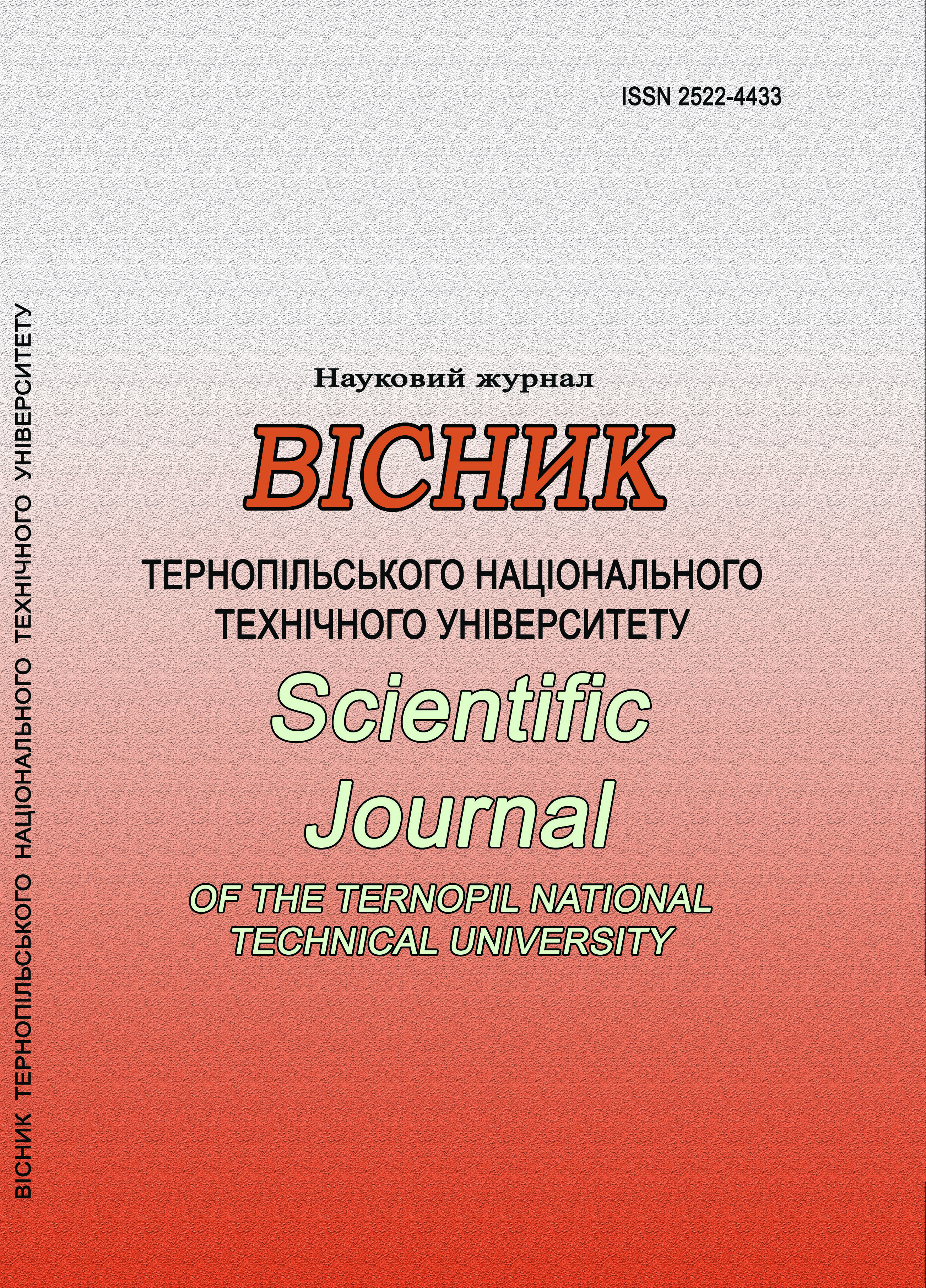Development of the Scada system for controlling meteorological factors in order to prevent natural cataclisms
Main Article Content
Abstract
The paper is devoted to the problem of monitoring meteorological precipitation. Since their excessive fallout, namely: 50–60 mm/h, results in flooding of residential areas or agricultural land. The scientific value of the work is in the fact that the architecture of the system for monitoring meteorological factors (its lower level) has been developed. In comparison with the known ones, it includes functions and comparisons of current values with specified values of precipitation, atmospheric pressure, air temperature and soil moisture (critical). The practical value of the work lies in the fact that, on the basis of theoretical studies generalization, two-level automated system for monitoring meteorological factors has been developed, In this system the lower level makes it possible to compare current values with set values, and the upper level of the system is SCADA WINCC project.
Article Details
Issue
Section

This work is licensed under a Creative Commons Attribution 4.0 International License.
References
1. Manual on flood forecasting and warning. World Meteorological Organization. Switzerland. 2011. No. 1072. 142 p. ISBN 978-92-63-11072-5. URL: https://library.wmo.int/doc_num.php?explnum_id=4090.
2. Zamikhovska O. L., Klapoushchak O. I., Beley A. Y. (2014). Development of a monitoring system for flood waters. 2014. European Conference on Innovations in Technical and Natural Sciences. 1st International scientific conference. “East West” Association for Advanced Studies and Higher Education GmbH, 64–66. ISBN 13 978-3-902986-78-8. URL: http://www.lifesciencesite.com/lsj/life1108s/104_25000life1108s14_473_477.pdf.
3. Zamikhovsʹkyy L. M., Klapoushchak O. I. (2011). Analysis of flood water level control and forecasting methods and systems.. All-Ukrainian scientific and technical journal, 17, 99–105. ISBN 13 978-3-902986-78-8. URL: http://elar.nung.edu.ua/handle/123456789/2916.
4. Kravets A. S. Belei O. I.,. Shteyer L. O. (2022). Structural model of the influence of meteorological factors on hydraulic structures. 2022. Modern world trends in the development of science and information technologies: Conference materials, 175–177. URL: http://dspace.zsmu.edu.ua/bitstream/123456789/16944/1/ModTrSc-Odesa-May2022Rev_3-6.pdf.
5. Inyiama C. H., Obota M. E. (2013). Designing Flood Control Systems Using Wireless Sensor Networks International Journal of Engineering Research and Applications (IJERA), 3, 1374-1382. doi:.ISSN:2248-9622. URL: https://citeseerx.ist.psu.edu/document?repid=rep1&type=pdf&doi=1349b87be992f2fcd0cbf8d6c02aaf0da4b32f0f.
6. A comprehensive European-level flood forecasting system in Ukraine. URL: https://www. bkc.com.ua/news-type/kompleksna-sistema-prognozuvannja-pavodkiv-ievropejskogo-rivnja-v-ukraini/.
7. Zubkov O. (2011). Programming of Siemens industrial controllers in examples and problems: analytics. Kharkiv Study. manual, 122 p. URL: https://openarchive.nure.ua/server/api/core/bitstreams/04d63150-37b3-4771-a4fd-f0a3a86acd16/content.
8. Jones C. (2009). STEP 7 in 7 Steps: A Practical Guide to Implementing S7-300/S7-400 Programmable Logic Controllers Kindle Edition. En: Technology & Engineering СЕNTЕR. ISBN-10 1889101036, ISBN13 9781889101033/ URL: https://www.etf.ues.rs.ba/~slubura/Procesni%20racunari/step7in7step/Step7in7step.pdf.
9. System Software for S7-300/400 System and Standard Functions. URL: https://cache.industry.siemens.com/dl/files/604/44240604/att_67003/v1/s7sfc_en-EN.pdf.
10. Kushkov V. (2012). Human-machine interfaces: lecture notes, 99. URL: http://library.nuft.edu.ua/ebook/file/100.08.pdf

